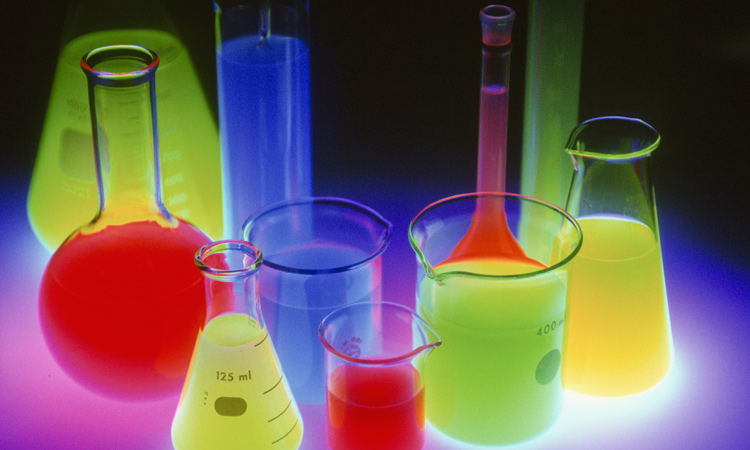Light Touch
Before Day-Glo
The conventional story of fluorescent paint’s invention misses some intriguing precursors.
 [Getty Images]
[Getty Images]
The story is told in books and on websites: Robert and Joseph Switzer—the “Day-Glo brothers”—invented fluorescent paints in the mid-1930s in Berkeley, Calif., USA. As the story has it, Bob, unloading cartons of tomatoes from a freight car at the H.J. Heinz research lab in summer 1933, fell and seriously injured his head. His vision permanently impaired, he had to remain in darkened conditions as he recuperated. During this time, the brothers investigated fluorescent materials using an ultraviolet lamp, experimented with mixing these pigments into fluorescent paints, and found combinations that would allow the materials to fluoresce brightly.
…Log in or become a member to view the full text of this article.
This article may be available for purchase via the search at Optica Publishing Group.
Optica Members get the full text of Optics & Photonics News, plus a variety of other member benefits.
